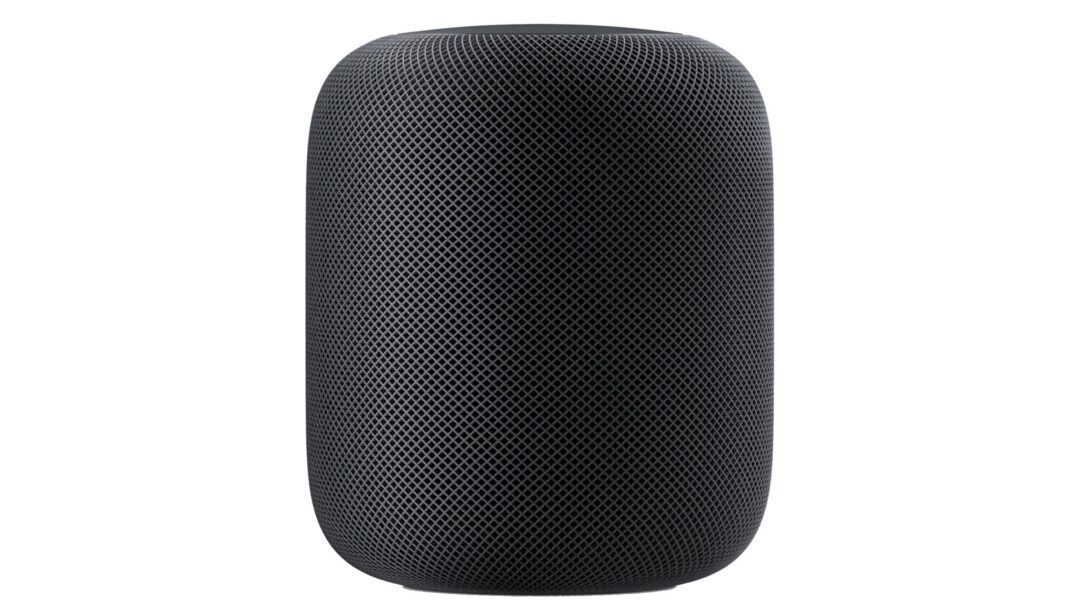HomePod is really elaborate in appearance. A 360 speaker that sends the sound (roughly) the same in all bills, and which you only know will work seamlessly as soon as you browse the Home app on your iPhone. Apple can do this with stability.
Adding products you want to control does not go smoothly. To add our Philips Hue lights, we need to enter an 8-digit code, which is on the box somewhere. That said, Apple has the most stable management of these. Even when the Philips servers were down and both Alexa and Google came to a standstill when we tried to do something with them, Apple did not ask twice. The light turned red when we asked for it!
Other smart products such as our iRobot Roomba vacuum cleaner and Arlo surveillance camera, however, you have to download an unofficial HomeBridge to make it work. And even Apple TV has only limited control over it. Sound level, pause, start, back and forth. In other words, you can not ask it to put on a given program on Netflix, as both Google Home and Amazon Alexa can (then with Chromecast and Fire Stick). Apple is simply not in the same league.
In terms of sound, Apple is several horseheads ahead of both Google and Amazon’s speakers. Not least thanks to its built-in DSP which monitors the acoustics and adjusts the sound accordingly. But third-party manufacturers give them competition in terms of sound, and it does not quite hold that the Apple HomePod may be the one that sounds best, when the price is so high and the smart system is so inflexible.
Conclusion
The Apple HomePod sounds better than most smart speakers we’ve tested. Smart control is also experienced as very stable, almost without errors.
Unfortunately, not many third-party smart products are directly supported, so you have to resort to unofficial solutions – which then probably will not enjoy the same stability. It is also tricky to add those who are actually supported. The rigid structure behind HomeKit takes some of the excitement and fun out of the thing.

We think
Impressive deep bass combined with clear, airy sound. In addition, the HomeKit system is very stable. It's not just about adding products to control. As there are currently quite a few of. Does not speak Norwegian
199 €
Specifications
- Type: Wireless smart speaker
- Control system: HomeKit
- Wireless: Wi-Fi, AirPlay 2, Bluetooth (not for audio)
- Connection: –
- Speaker element: 1 bass, 7 treble
- Dimensions: 14.2 x 14.2 x 17.2 cm
- Colors: Gray, white
- Web: apple.com

